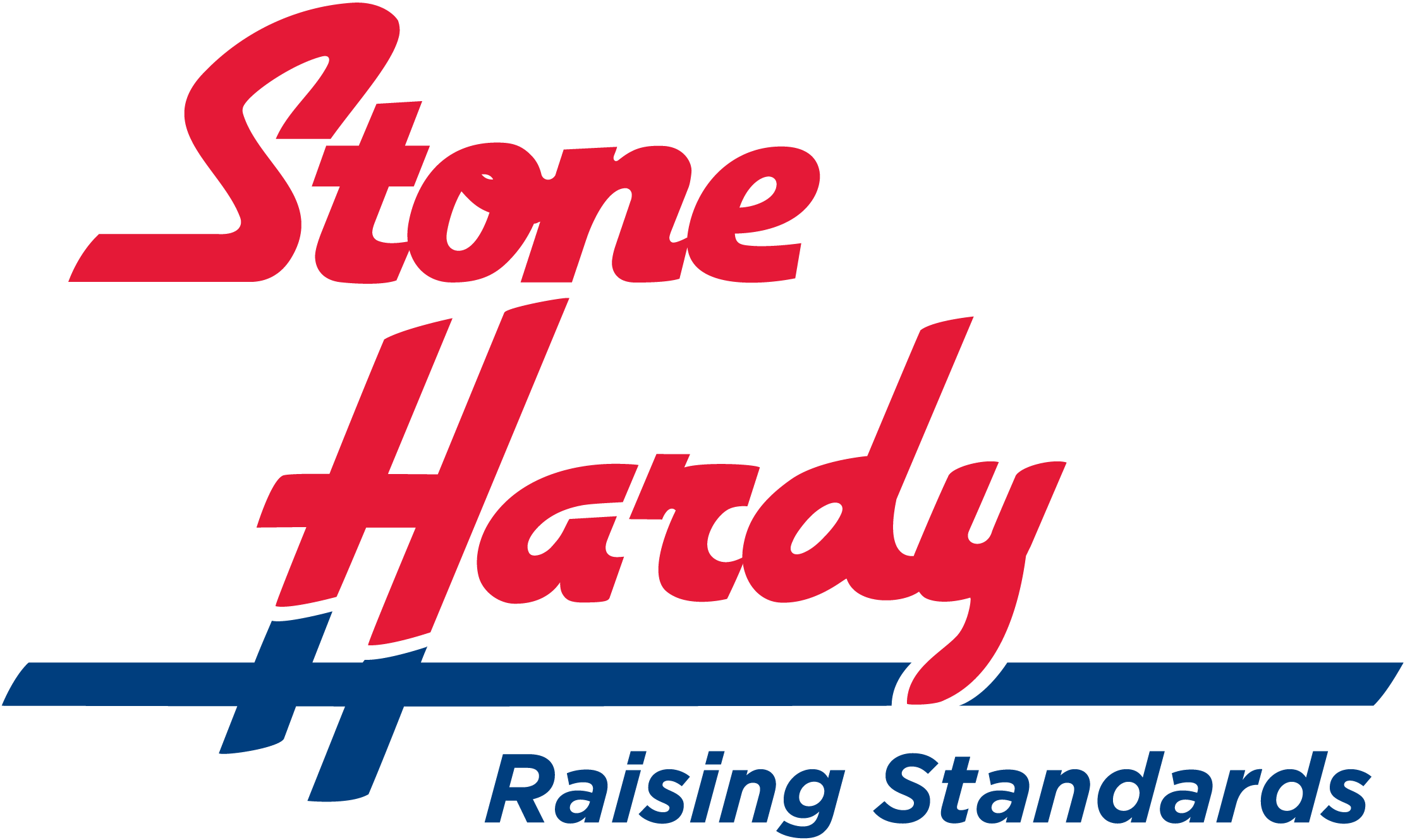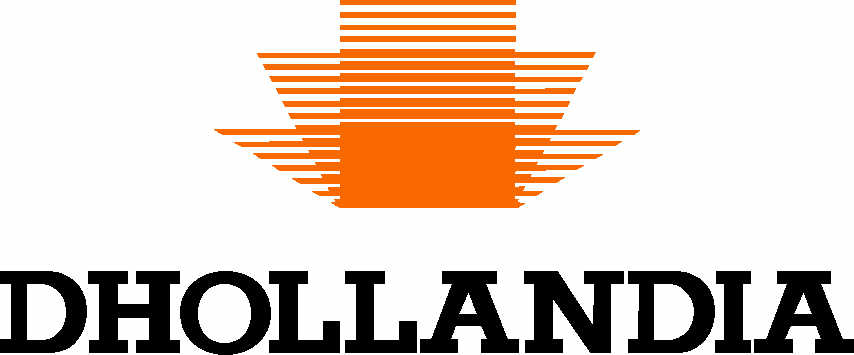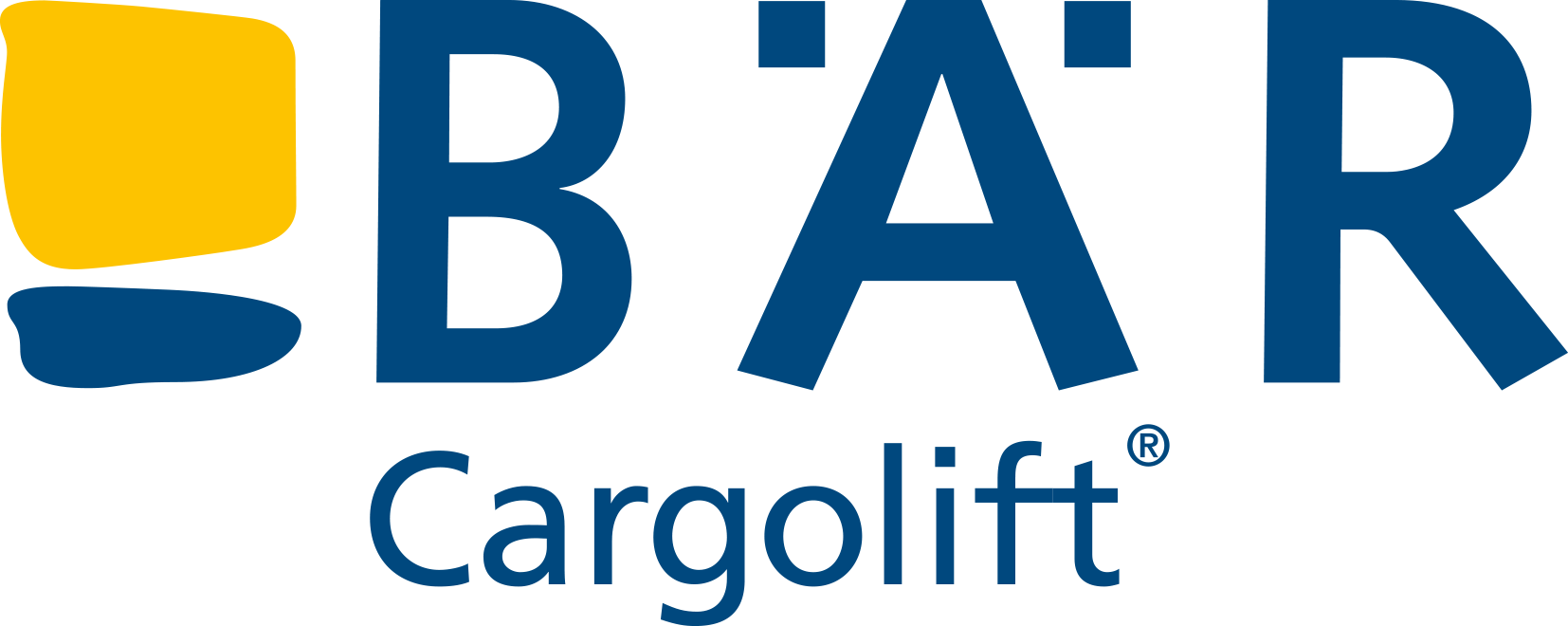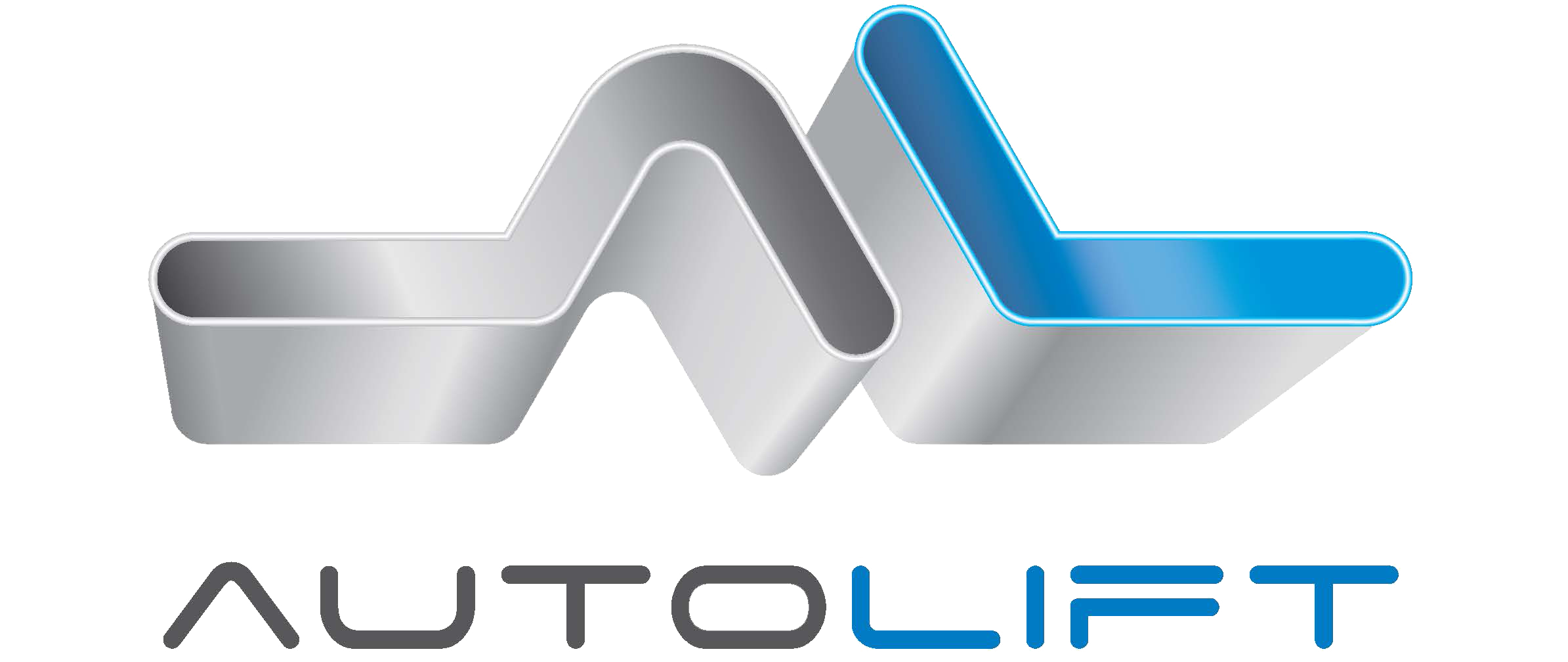FREQUENTLY ASKED QUESTIONS
LOLER Inspections / Loler testing
I have a vehicle with a tail lift, what does the law require me to do?
The following are all legal requirements:
- You should decide and record how you are to use the tail lift safely.
- You should train the people who are to operate the tail lift in its safe use.
- You should maintain the tail lift so it is always safe to use. Following your manufacturer’s
maintenance instructions is considered best practice. - You should have regular Statutory Thorough Examinations performed by a “Competent Person”
and keep the reports for two years. - You should keep records.
What records should I keep?
Enforcement authorities may ask for any of the following records:
- The manufacturer’s handbook including the declaration of conformity.
- Maintenance work and any repairs, including the weight test certificate.
- Records of any staff training.
- You should also keep your risk assessments and any other documentation including your safe
systems of work.
What is my legal responsibility?
- If you are an employer or self-employed person providing lifting equipment for use at work, or you
have control of the use of lifting equipment, then the Lifting Operations and Lifting Equipment
Regulations (LOLER) will apply to you. - LOLER requires lifting equipment, including tail lifts, provided for use at work, to be strong and
stable enough for the particular use and marked to indicate safe working loads, as well as being
installed and positioned to minimise any risk. - The work should be planned, organised and performed by properly trained people. Tail lifts should
be subject to ongoing thorough examination by a Competent Person. Records should be kept.
What is a LOLER thorough examination?
This is a detailed examination of the tail lift components to ensure the tail lift is safe for continued
use.
Who enforces LOLER?
Health and safety inspectors from the HSE (Health and safety Executive) and local authorities
enforce these regulations.
What is the difference between a LOLER examination and a statutory through
examination?
There is none, just a use of different terminology. LOLER is actual legislation; a Statutory Thorough
Examination (STE) is an examination referred to within LOLER.
What happens if I don’t carry out LOLER examinations?
You could be subject to enforcement action, including being fined in a court of law. It is a legal
requirement that you have a current report of thorough examination (STE) for the tail lift as fitted to
the vehicle.
How often does my tail lift need a thorough examination (STE)?
It is requirement of legislation that tail lifts are regularly examined at a frequency of no more than
six months apart. Some exceptions apply, but these are extremely rare.
Who can carry out a thorough examination (STE)?
The thorough examination should be carried out by a person who is competent and impartial. This is
someone who has appropriate practical and theoretical knowledge, as well as experience of lifting
equipment, and can recognise potential defects that might be a safety risk to people if the tail lift
continues to be used.
Who decides if a person is competent?
It is your responsibility to ensure that the person carrying out the STE is competent.
As the operator with no technical knowledge, how am I supposed to make
that decision?
Regardless of your knowledge, it is your legal responsibility to ensure that the competent person has
the appropriate practical and theoretical knowledge. Assistance in finding a suitable Competent
Person can be sought via your manufacturer, a trade association or UKAS (United Kingdom
Accreditation Service).
Does that mean I don’t need to get my tail lift services?
No, you still need to have you tail lift maintained. Tail lift maintenance and LOLER thorough
examinations are not the same. The easiest way to understand the difference between the two is to
compare the LOLER thorough examination to a vehicle MOT inspection.
How does an STE differ from a service?
The competent person assesses the rate of the deterioration of the equipment, identifies any
defects and certifies that equipment is safe for continued use for the next six months. No
maintenance or repair work is done during an STE.
There is no pass or fail on a STE but there are recommendations made about the equipment which
must be adhered to.
Who can maintain and repair my tail lift?
Repairs should only be undertaken by suitably qualified persons using appropriate repair techniques
and procedures. We can assist with this.
How often does my tail lift need servicing?
Generally at least every six months, although this timescale may need to be reduced if the tail lift is
heavily used or damaged. We can advise you on this.
Does my tail lift need weight testing?
Tail lift manufactures recommend that an annual weight test is carried out as part of their
maintenance requirements.
Do I need to carry out risk assessments?
Yes, the law requires operators to carry out risk assessments on the use of their tail lifts. This should
be documented and cover all aspects of the use of the tail lift fitted to the vehicle.
What if I do not service and maintain my tail lift?
It is your legal duty to maintain the tail lift in a good, safe and workable condition. You should be
able to demonstrate this to the enforcement authorities, if required. If you don’t, then you could be
subject to enforcement action, including being prosecuted – even if you have not had an accident.
FOR FURTHER INFORMATION PLEASE CALL 01604 683495




















